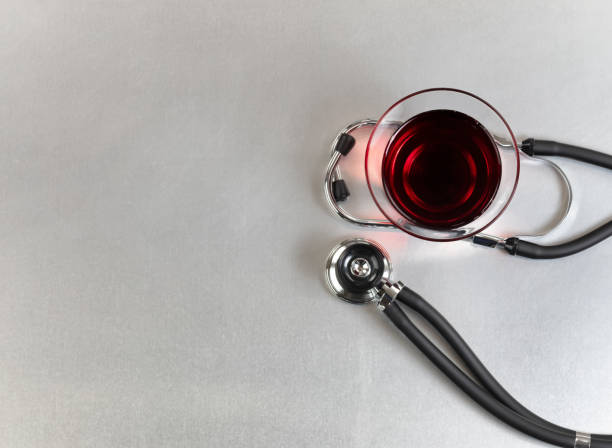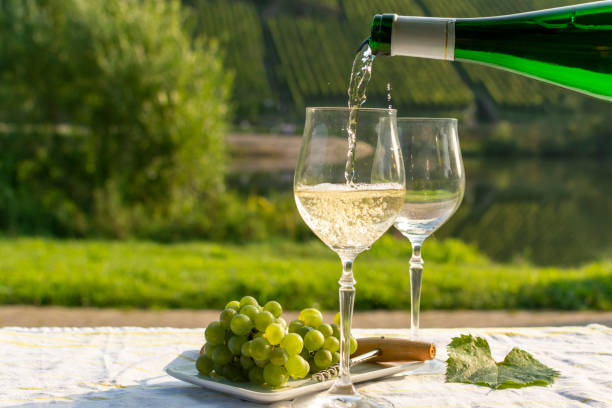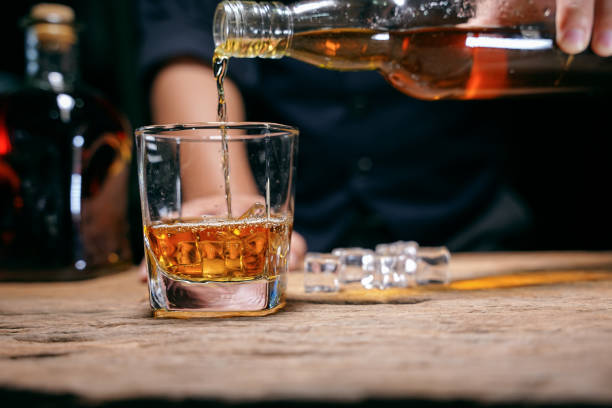Wine, often considered a symbol of celebration and sophistication, can sometimes take an unexpected turn for the worse. Whether you’re a seasoned wine enthusiast or an occasional sipper, encountering a bottle that has gone bad can be a disappointing experience. Understanding the common reasons behind the spoilage of wines can help you appreciate the intricacies of this ancient beverage and make informed choices when selecting and storing your favorite vintages.
- Cork Taint:
One of the most common reasons for wines going bad is cork taint. This occurs when a natural cork interacts with a chemical compound called trichloroanisole (TCA). TCA is formed when certain fungi come into contact with chlorine compounds, which are often present in bleaches and other cleaning agents. When a wine bottle is sealed with a cork contaminated by TCA, it imparts a musty, moldy odor and taste to the wine. This unpleasant characteristic is commonly referred to as a wine being “corked.” Even in minute amounts, TCA can significantly alter the overall flavor profile of the wine, rendering it undrinkable.
To avoid the disappointment of corked wine, consider opting for wines sealed with alternative closures such as screw caps or synthetic corks. These closures eliminate the risk of cork taint and ensure a consistent drinking experience.
- Oxidation:
Oxidation is a natural process that occurs when wine comes into contact with air. While controlled oxidation is an integral part of the aging process for certain wines, excessive exposure can lead to a loss of freshness and a noticeable change in color. White wines, in particular, are more susceptible to oxidation due to their lower tannin content compared to red wines.
To minimize the risk of oxidation, store your wine bottles horizontally, ensuring the wine comes into minimal contact with the air inside the bottle. Additionally, consider investing in a vacuum pump or inert gas spray to remove excess air from opened bottles, preserving the wine’s quality for a more extended period.
- Heat Damage:
Exposure to high temperatures can have a detrimental impact on the quality and flavor of wine. When wines are stored or transported in excessively hot conditions, the heat can cause chemical reactions within the wine, leading to premature aging and a loss of freshness. Signs of heat-damaged wine include a flat taste, diminished aromas, and an overall lack of vibrancy.
To prevent heat damage, store your wine in a cool, dark place with a consistent temperature. Avoid keeping wine bottles in areas prone to temperature fluctuations, such as kitchens or near windows. If you’re purchasing wine during the summer months, consider transporting it in a cooler or insulated bag to protect it from the heat.
- Light Exposure:
Ultraviolet (UV) light, whether from sunlight or artificial sources, can be detrimental to wine. Exposure to UV light can lead to the degradation of organic compounds in wine, resulting in a phenomenon known as “lightstruck” or “lightstrike.” This is more commonly observed in white wines, as they typically have lower levels of protective compounds like tannins.
To safeguard your wine from light exposure, store it in dark-colored bottles and keep them away from direct sunlight. Wine cellars or dark cupboards are ideal storage locations, ensuring that your wine remains shielded from the harmful effects of UV light.
- Microbial Spoilage:
Microbial spoilage can occur when unwanted microorganisms, such as bacteria or wild yeast strains, find their way into the wine. While most wines are carefully crafted with specific yeast strains for fermentation, contamination by rogue microbes can result in off-flavors and aromas.
Proper sanitation and hygiene practices during winemaking are essential to prevent microbial spoilage. Additionally, consumers can take precautions by ensuring their glasses and decanters are thoroughly cleaned before serving wine. If a wine exhibits unpleasant odors or flavors, it may be an indication of microbial spoilage, and the bottle should be discarded.
Conclusion:
Understanding the factors that can lead to the deterioration of wine is crucial for both producers and consumers. From the traditional issue of cork taint to the more contemporary challenges posed by light exposure and microbial spoilage, a range of factors can impact the quality of this beloved beverage. By adopting proper storage practices, choosing wines with alternative closures, and staying vigilant for signs of spoilage, enthusiasts can ensure that their wine experiences remain delightful and true to the artistry of winemaking. So, the next time you uncork a bottle, savor the flavors, and rest assured that your knowledge of potential pitfalls will guide you toward a more enjoyable wine-drinking experience.




